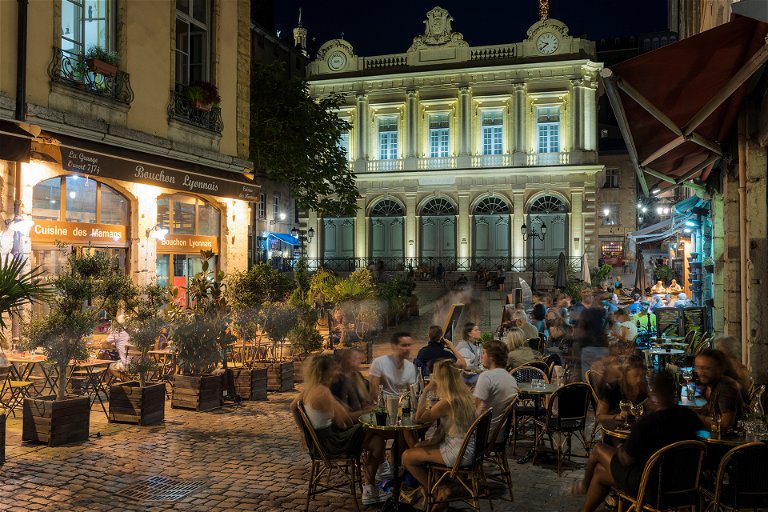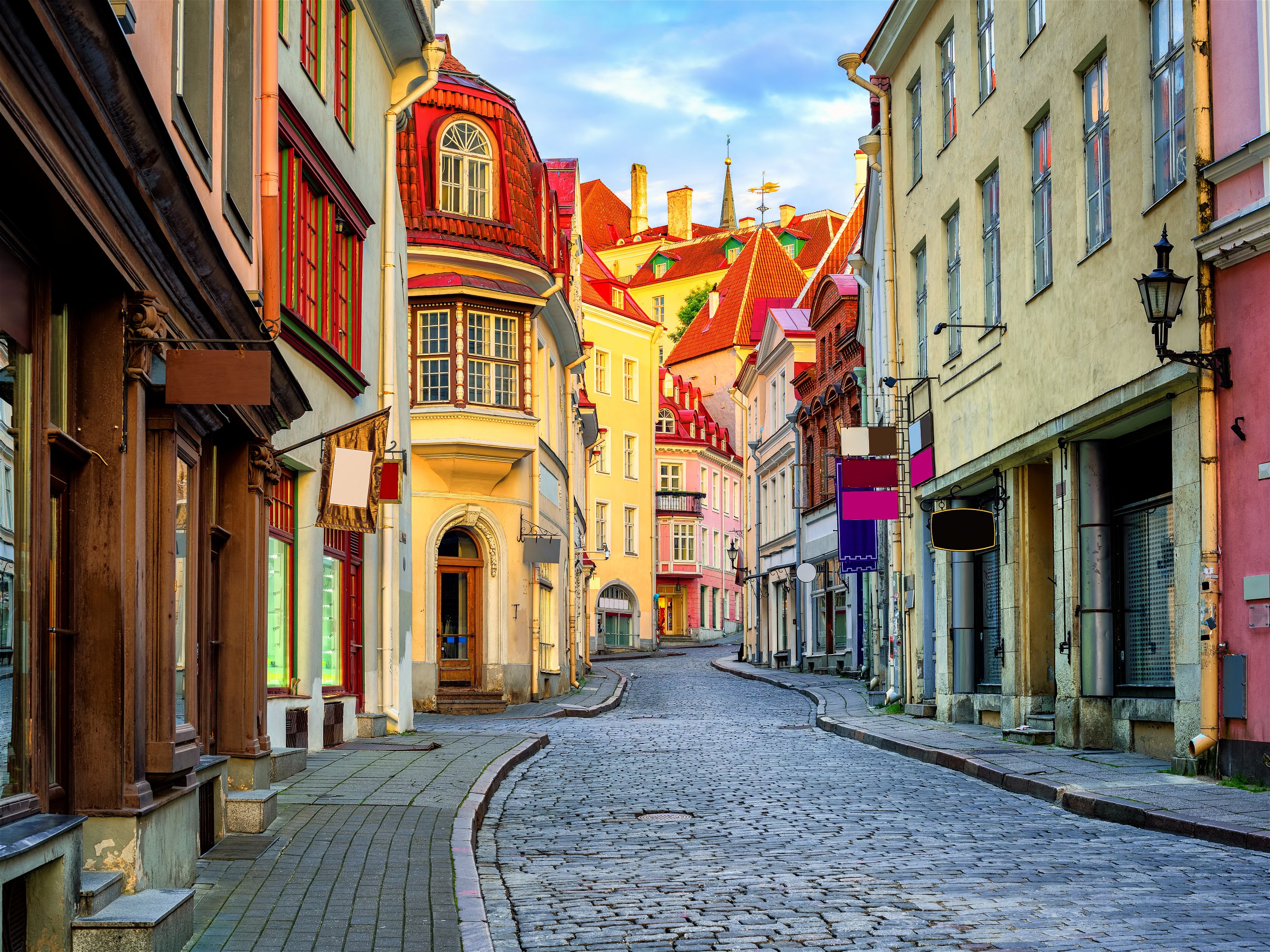Off the beaten track
Falstaff looks at three European destinations that may be hiding in plain sight.
For many years, we have all enjoyed easy access to budget airlines that span the globe. Whether by accident or design, some of these budget airlines serve airports that are not only naturally off the grid for package tourism but are ones many holidaymakers have never heard of. Some, however, now say that the budget airline model of a sometimes “pin in the map” airport choice may not be sustainable in the longer term, as costs spiral with staff shortages continuing to cause problems.
In this article, we take a quick look at three European destinations that may be hiding in plain sight.
Tartu, Estonia: a feast of Estonian culture
Mention Estonia, and the response is inevitably the otherwise overwhelmed tourist destination of Tallinn, the country’s capital. However, approximately 190km to the southeast of the capital is Tartu, the country’s, as of yet, relatively unknown, second city.
The time is ripe to explore this cultural gem, while both tourist numbers and prices are low because, in 2024, it will be one of three cities to take on the crown as Europe’s 2024 Capital of Culture, its two partner cities being Bad Ischl (Austria) and Bodø (Norway).
Tartu is an easy centre to get around in. You certainly won’t require a car while there (although you may care to travel by car to get there, as the train takes approximately the same time as driving), with over 90 docking stations for the 750 share and ride bikes dotted around. The centre itself also provides numerous, very reasonably priced accommodation options. Although you may have to double-check town centre locations in terms of potential noise – Tartu is a university town, and the students are known for sometimes having a “late night out”. The university itself is worth a visit, and the Estonian National Museum, the Aparaadite creative centre, Raadi Manor Park and Toom Hill cathedral ruins should not be missed from your itinerary.
Best time to visit: June to August
Lyon, France: the hidden food capital
Mention France, and you immediately think, “Hey, this is one of the most visited countries in the world. There is no off-the-beaten-track”. With some 32 million tourist visits to Paris alone, with its iconic attractions, you’d not be far wrong. However, not only does Lyon see only one-fifth (six million) of the number of visitors that Paris sees, but of those, four million are business visitors who are themselves very much of the tourism spectrum.
Considering the attractions Lyon offers, don’t be too surprised if this changes in a few years. With its UNESCO-listed centre famed for its Renaissance architecture, coupled with an incredible array of “bouchon” (rustic) restaurants serving fantastic Lyonnaise dishes, people often describe the city, rather than Paris, as the food capital of France.
There is plenty to see in the city, with some of the main attractions being the Fourvière, with its striking basilica that overlooks the town, the ‘secret’ passages within the famous Croix-Rousse and Vieux Lyon former silk district, the Michelin-starred Paul Bocuse trail and of course Château Luminière, where modern cinema photography all began. It’s also easy to reach by plane or train.
Best time to visit: June to September

Shropshire, UK: the land that tourists forget to remember
The Shropshire Hills (to the county’s southwest) is an AONB – an Area of Outstanding Natural Beauty and, because of its west-central English location bordering Wales, is often overlooked as a destination. It’s a hikers’ and geologists’ paradise, described back in Victorian times as “Little Switzerland”, just without the famous ski resorts or alpenhorns. It is a county that has almost been, as it were, either forgotten or perhaps even ignored.
It is also a photographer’s delight, despite having very much an industrial birth heritage. The footpaths and trails are waiting, with incredible scenic views and magnificent geological features, including the Wrekin summit with its eight types of rock formations. It’s all somewhat reminiscent of historic Dartmoor in Devon. As a border county with Wales, you find many ancient defence systems and medieval castles to explore, as well as the fascinating Snailbeach lead mile, or for the very adventurous, the major Shropshire Way hike.
Varied walking is complemented by the great epicurean delights of Ludlow, the first UK town to embrace almost exclusively locally-produced fare, raising the bar for such food around the UK. And talking about somewhat ‘different’ bars, the market town of Bishop’s Castle in the southwest of the county is home to the oldest working brewery in the UK. You will find plenty of help for discovering great places to visit throughout the county. Transport to the county is via Birmingham International Airport (about 1½ hours away). Direct trains from many major cities, including Manchester, Birmingham and Cardiff, serve Shropshire’s Tudor county town of Shrewsbury, which is an excellent centre from where to plan your itinerary.
Best time to visit: April to June and September/October

These and similar suggestions can be found in Lonely Planet’s guidebook Offbeat – 100 amazing places away form the tourish trail (UK £24.99 | hardback; ISBN - 9781838694302). It is availabe at Lonely Planet and in bookshops.














